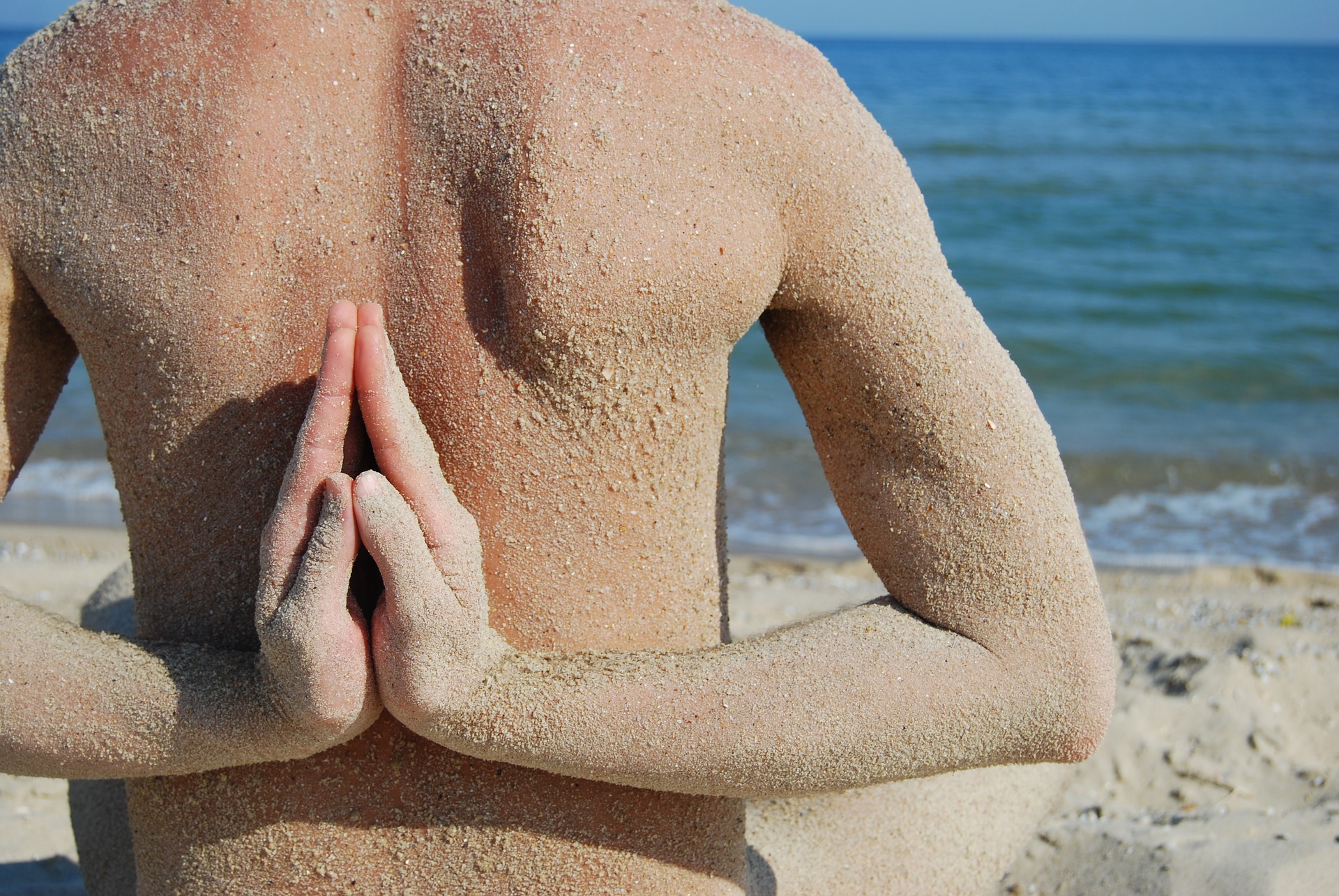What does namaste mean?
What does Namaste represent? Yoga Journal expert and teacher Aadil Palkhivala asks the represent behind the term.
Question: So, what does Namaste represent regardless?
My yoga coach closes every pattern by saying ” Namaste”, and I’ve always wanted to know what it truly symbolizes.
Answer: Yoga schoolteacher Aadil Palkhivala Weighs In
The gesture Namaste represents the belief that there is a Divine spark within each and every one of us that is located in the heart chakra. The gesture is an acceptance of the feeling in one by the someone in another.
Definition of Namaste
Nama conveys bow, as conveys I, and te means you. Hence, namaste literally conveys” bow me you” or” I bow to you .”
How to shape the Namaste gesture
To perform Namaste, we locate the handwritings together at the heart chakra, close the eyes, and bow the principal. It can also be done by situating the entrusts together in front of the third eye, bending the leader, and then returning the hands down to the heart. This is an especially penetrating structure of respect. Although in the West the word ” namaste” is usually spoken in conjunction with the gesture, in India, it is understood that the gesture itself shows Namaste, and therefore, it is unnecessary to say the word while bowing.
We drawing the entrusts together at the heart chakra to increase the flow of Divine love. Bending the head and closing the eyes facilitates the psyche surrender to the Divine in the heart. One can do Namaste to oneself as a meditation skill to go deeper inside the heart chakra; when done with someone else, it is also a beautiful, albeit speedy, meditation.
See also Our Beginner’s Guide to the Chakras
For a coach and student, Namaste lets two someones to come together powerfully to a residence of bond and timelessness, free from the bonds of ego-connection. If “its by” does so with penetrating sense in the heart and with the psyche ceded, a penetrating union of hearts can blossom.
When to incorporate Namaste into your practice
Ideally, Namaste should be done both at the start and at the end of class. Frequently, it is done at the end of class because the psyche is less active and the power in the office is more peaceful. The schoolteacher establishes Namaste as a typify of grateful and respect toward her both students and her own both teachers and in return invites the students to connect with their lineage, thereby allowing the truth to flow–the truth that we are all one when we live from the heart.
ABOUT THE EXPERT
Aadil Palkhivala embarked studying yoga at the age of seven with B.K.S. Iyengar and was put in place to Sri Aurobindo’s yoga three years later. He received the Advanced Yoga Teacher’s Certificate at the age of 22 and is the founder-director of the Alive and Shine Center in Bellevue, Washington and The College of Purna Yoga. Aadil is also a Naturopath, a certified Ayurvedic Health Science Practitioner, a clinical hypnotherapist, a certified Shiatsu and Swedish bodywork therapist, a lawyer, and an internationally patronized public speaker on the mind-body-energy connection.


Leave a Reply